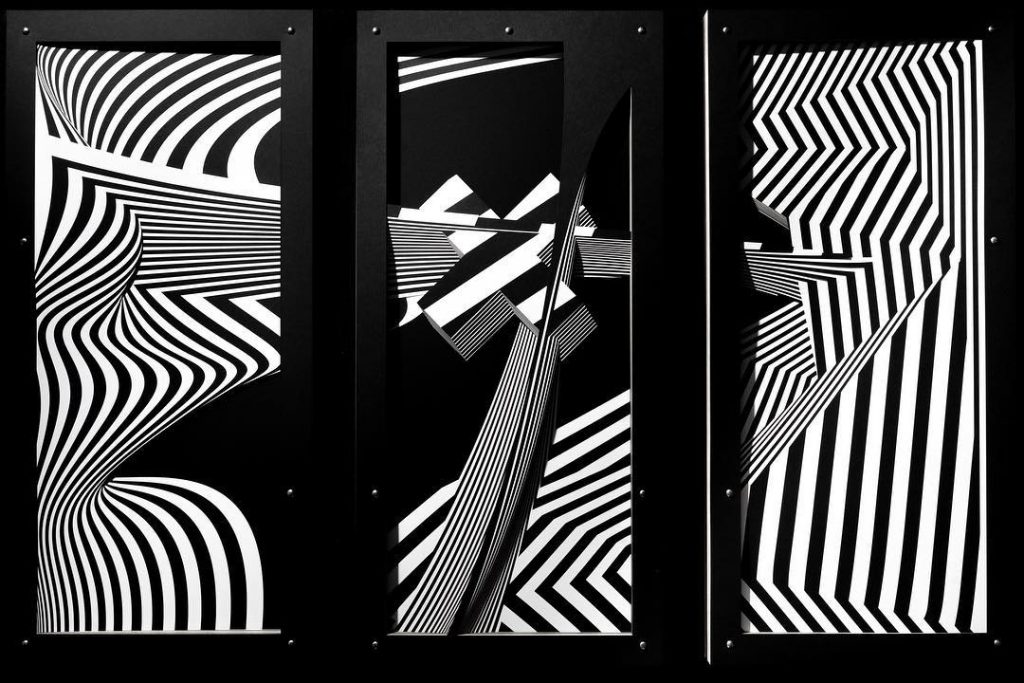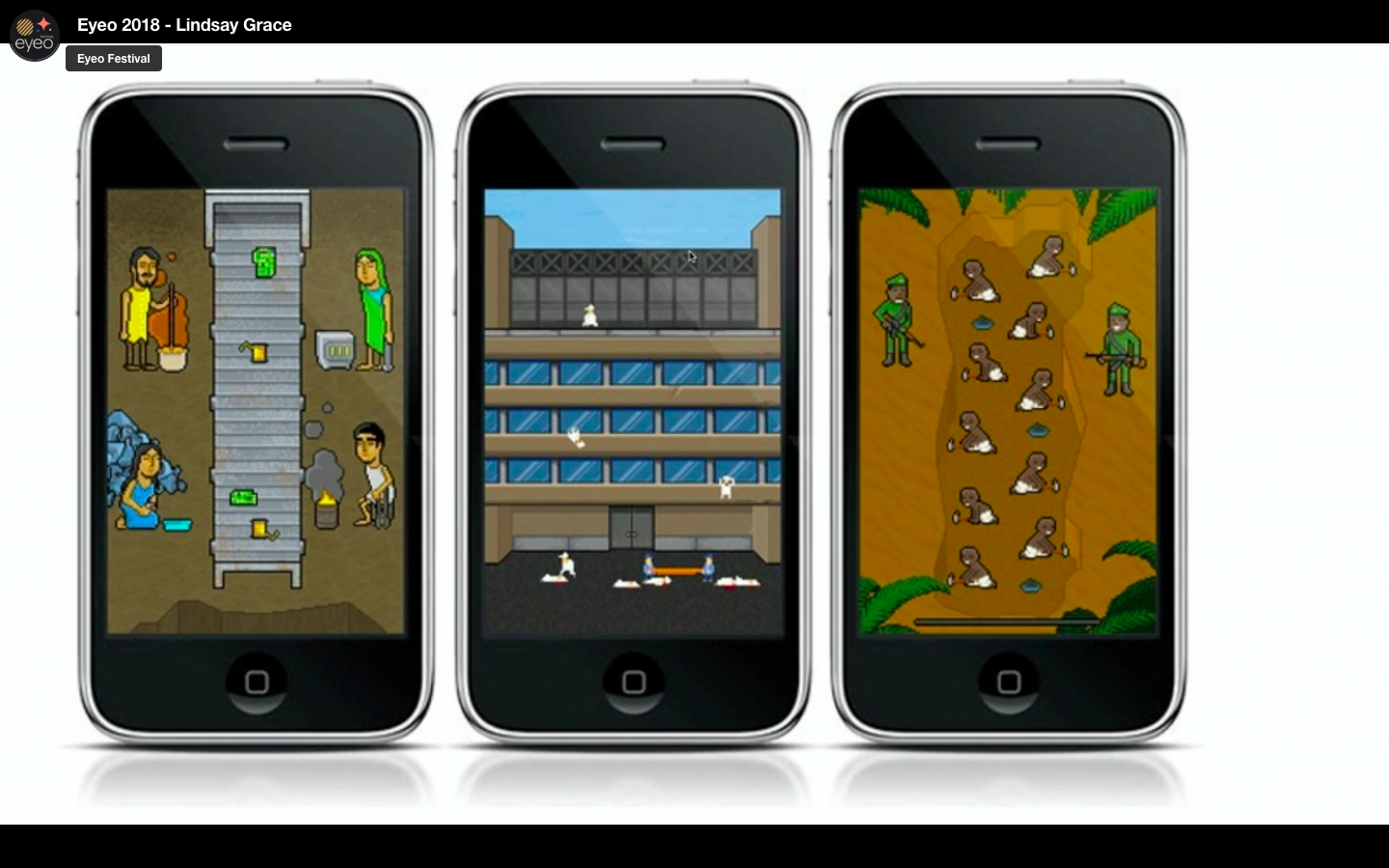Joanie Lemercier
Landscapes & Algorithms
Eyeo 2017

Joanie Lemercier is a French artist based in Brussels and principal of studio Joanie Lemercier. None of his profiles online list any institution of education. He desribes himself as a visual artist operating on the mantra: “light as a medium, space as a canvas”, with an interest in playing with light, geometry and human perception to capture the ‘sublime’.
In 2007, he and several other friends started a collective ‘visual label’ called AntiVJ. Until he parted ways with them in 2013 to start his own practice, his body of work consisted of temporary (and then eventually permanent) museum and gallery installations, architectural projections on and inside monuments aroudn the world, live music events and festivals (eg. Mutek) alongside artists such as Flying Lotus and Adrian Utley.

One major impression the video left on me was how much of Lemercier’s thought process paralleled mine. From the fascination with light and geometry, to our reliance on visual perception, to the ‘sublimity’ of nature, I felt that Lemercier was describing the motivations I was feeling in words even better than I would have.
In particular, when he talked about staring into the mountains and feeling this weird indescribable feeling, I remembered how when I lived in Hong Kong, whether it was during the day, or at sunset, or at 2am at night, when I felt restless, I would go to the harbour and stare out at the sea and just get lost in the waves. At the time, my main creative outlet was dance – and similar to how the mountains and topographical patterns influence Lemercier’s work – flow, layers, waves, compression and release inspired by the movement of the sea found themselves in my dance. Another thing I admired the intensity with which he approaches his work – He describes a period of his time at AntiVJ as ‘living inside the computer’ and even ends his talk but reaffirming his desire to continue chasing the representation of the ‘sublime’. I’ve come to realise I also have a tendency to hyperfixate on my passion projects. For instance, I’ve been increasingly interested in filmography and video editing, and every time I start a new project, I am unable to think about or focus on something else for at least 1-2 days. Hearing his words and seeing his body of work felt affirming, almost like he was saying: “This is how I interpreted my feelings [of the sublime] and how they informed my work. .. [If I can do it, so can you]”.


When presenting his work, he kept it simple and light, starting with a introduction of where he had gone and the relevant concept (ie. pantheism/ the sublime), moving onto a brief overview of the project (ie. where + when it was) and wrapping it up with 1 – 2 sentences offering an insight from behind the scenes. Because his work with projection is interactive and time based, when presenting his work, he included numerous videos or gifs of the places he visited and the at pieces in motion, and you were able to easily keep up and understand what he was talking about. For instance, I found it difficult to connect when he was describing the FUJI installation purely through words and still images. However, once he showed the video of the installation in motion, his process and his motivations became clear. The seeming effortlessness with which he was able to communicate the large breadth of his work, in my opinion, was facilitated by how directly he correlated his inspirations and his ideas to the resultant projects and will definitely be something I keep in mind in future projects.
Links:
https://joanielemercier.com/about/
http://eyeofestival.com/2017/speaker/joanie-lemercier/
https://joanielemercier.com/why-im-leaving-antivj/
https://www.clotmag.com/interviews/joanie-lemercier-projecting-the-sublime-of-light-and-space
https://vimeo.com/channels/eyeo2017/232544911
![[OLD SEMESTER] 15-104 • Introduction to Computing for Creative Practice](https://courses.ideate.cmu.edu/15-104/f2022/wp-content/uploads/2023/09/stop-banner.png)





